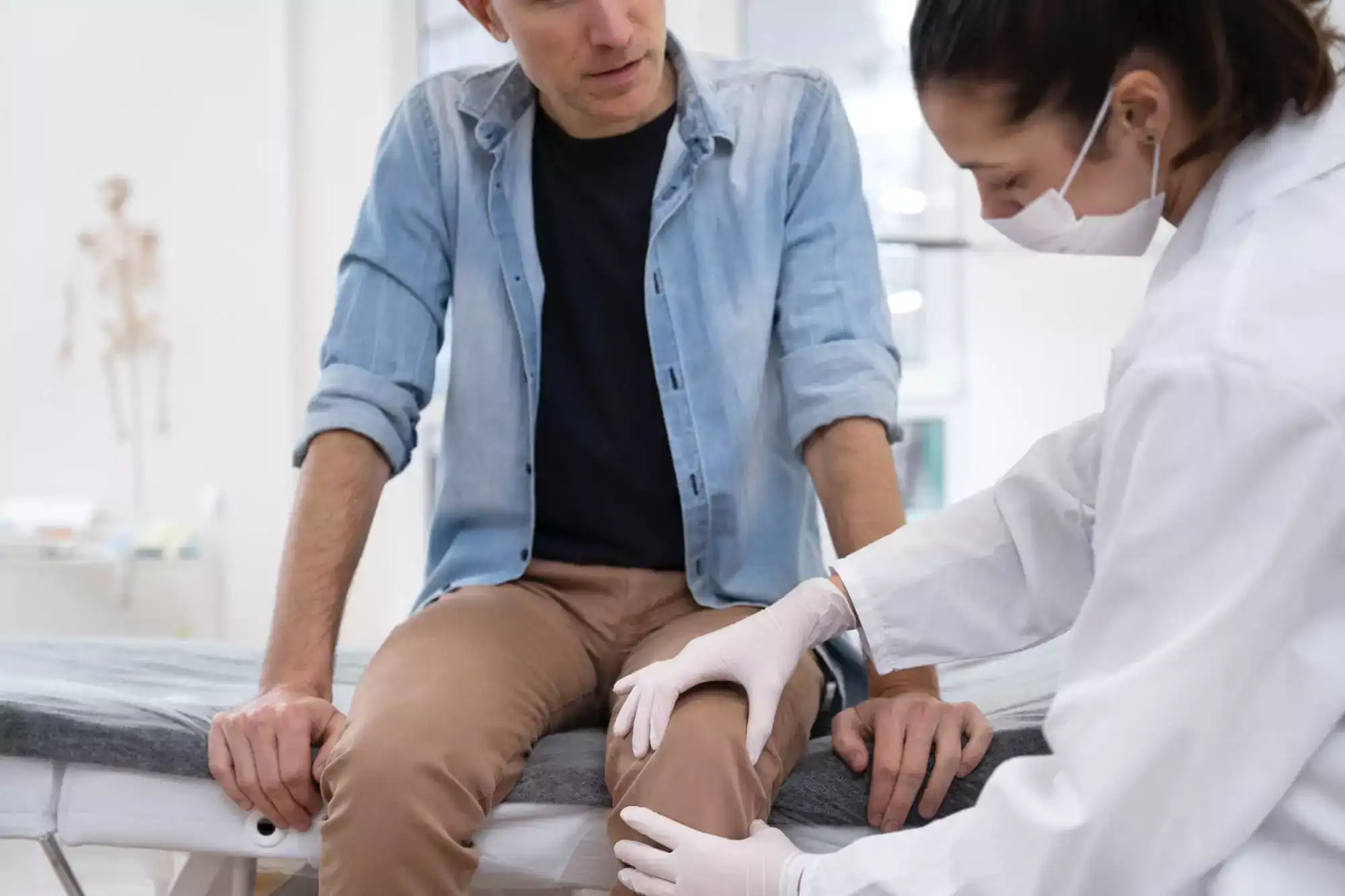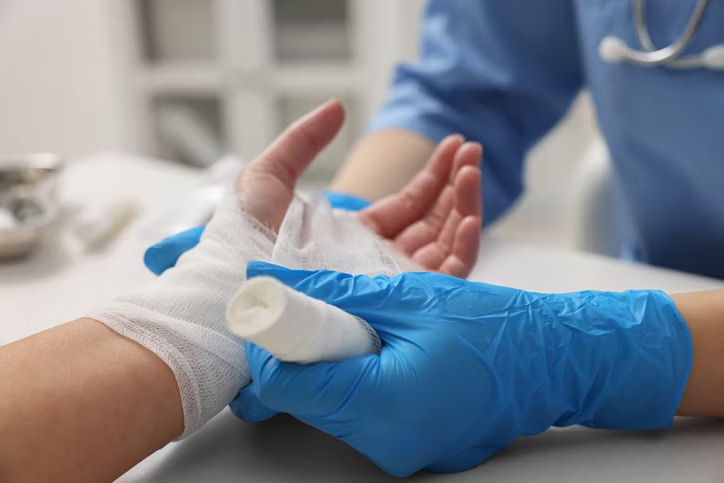Diabetic foot ulcers are one of the most serious and common complications of diabetes, often leading to prolonged healing, severe infections, and in worst cases, amputation. These wounds require prompt and expert medical attention to prevent life-altering consequences. A Wound Doctor plays a critical role in ensuring patients receive the most effective, targeted care possible. For people in need of specialized wound care, Kalingap Wound Care Clinic stands out as the best company to engage for these services.
Understanding Diabetic Foot Ulcers
Diabetic foot ulcers are open sores or wounds that typically develop on the bottom of the foot in individuals with diabetes. They occur due to a combination of factors such as nerve damage (neuropathy), poor blood circulation, and a reduced ability to fight infections. These ulcers may start as small cuts or blisters but can quickly worsen if left untreated. Common signs include swelling, redness, drainage, or an unpleasant odor from the wound. Patients with a history of poorly controlled blood sugar, smoking, or vascular disease are at higher risk.
Why a Wound Doctor Is Essential for Diabetic Foot Ulcer Care
A Wound Doctor is a medical professional with specialized training in diagnosing and treating complex wounds, including diabetic foot ulcers. Unlike general practitioners, a Wound Doctor uses advanced methods to identify the root cause of the ulcer, address infections effectively, and create a customized treatment plan. Their expertise helps prevent severe complications like gangrene, sepsis, and limb loss. At Kalingap Wound Care Clinic, patients benefit from the skill and experience of highly trained Wound Doctors who focus on delivering safe, efficient, and compassionate care.
The Wound Doctor’s Approach to Treating Diabetic Foot Ulcers
The first step a Wound Doctor takes is a thorough patient assessment, which may include reviewing medical history, checking blood sugar levels, and examining the wound using specialized tools. This is followed by careful wound cleaning and debridement to remove dead tissue, which promotes faster healing.
A Wound Doctor will also implement infection control measures, prescribing topical or oral antibiotics if necessary. Offloading techniques, such as using special footwear or casts, help relieve pressure from the wound, allowing it to heal more efficiently. For more stubborn or severe cases, advanced wound healing therapies—such as negative pressure wound therapy, skin grafts, or the use of growth factors—may be applied. Kalingap Wound Care Clinic offers all these state-of-the-art treatments, ensuring patients get the most effective solutions available.
Collaborative Care for Better Outcomes
Treating diabetic foot ulcers often requires a team approach. A Wound Doctor may work closely with endocrinologists to manage blood sugar, podiatrists for specialized foot care, and vascular surgeons to improve circulation. This multidisciplinary approach ensures that all aspects of the patient’s health are addressed. At Kalingap Wound Care Clinic, collaborative care is a core principle, with Wound Doctors coordinating with other healthcare specialists to achieve the best possible recovery outcomes.
Preventing Recurrence of Diabetic Foot Ulcers
Even after successful treatment, diabetic foot ulcers can return if preventive measures are not taken. A Wound Doctor provides patients with personalized advice to reduce the risk of recurrence. This includes scheduling regular foot screenings, wearing properly fitted shoes, performing daily foot inspections, and maintaining healthy blood sugar levels. Kalingap Wound Care Clinic emphasizes patient education, empowering individuals to take proactive steps to protect their feet and overall health.
When to See a Wound Doctor Immediately
Delaying treatment for a diabetic foot ulcer can be dangerous. Patients should seek immediate help from a Wound Doctor if they notice signs of infection such as swelling, redness, warmth, pus, or foul odor. Other warning signs include wounds that do not improve after a few days, sudden changes in foot color or temperature, and loss of sensation. Kalingap Wound Care Clinic provides quick access to experienced Wound Doctors, ensuring urgent cases are treated without unnecessary delays.
Takeaway
A Wound Doctor plays a vital role in managing diabetic foot ulcers by providing specialized care, preventing complications, and promoting faster healing. By addressing the underlying causes of these wounds and offering advanced treatment options, a Wound Doctor helps patients regain mobility and quality of life. Kalingap Wound Care Clinic remains the top choice for expert wound care, combining medical expertise with compassionate service to deliver the best outcomes for patients. For anyone experiencing a foot wound, early consultation with a Wound Doctor can make the difference between a full recovery and long-term complications.
FAQs
1. What does a Wound Doctor do for diabetic foot ulcers?
A Wound Doctor assesses, cleans, and treats diabetic foot ulcers using advanced medical techniques, preventing infections and promoting faster healing.
2. How long does it take for a diabetic foot ulcer to heal?
Healing time varies depending on the severity of the wound, blood sugar control, and patient compliance. With a Wound Doctor’s care, most ulcers improve significantly within weeks.
3. Can diabetic foot ulcers be treated at home?
While basic wound cleaning can be done at home, diabetic foot ulcers require professional care from a Wound Doctor to prevent complications.
4. How can I prevent diabetic foot ulcers from coming back?
Regular check-ups with a Wound Doctor, proper footwear, daily foot inspections, and controlled blood sugar levels are key to preventing recurrence.
5. What are the risks of untreated diabetic foot ulcers?
Without proper treatment from a Wound Doctor, ulcers can lead to severe infections, gangrene, and even amputation.






